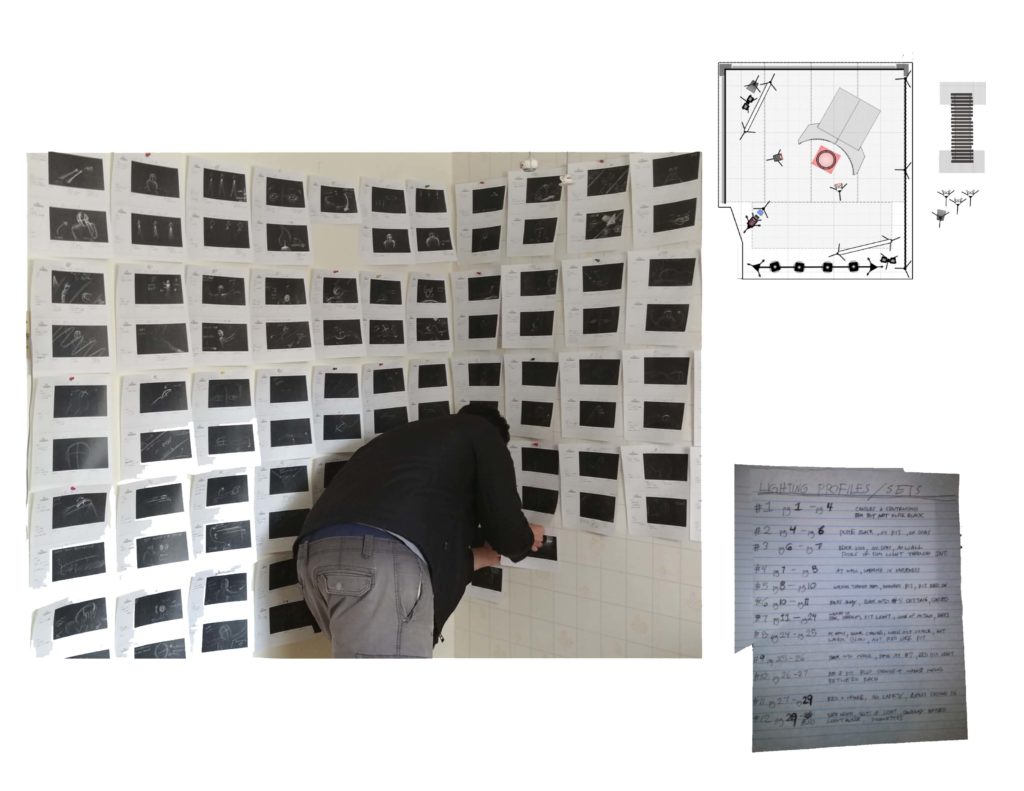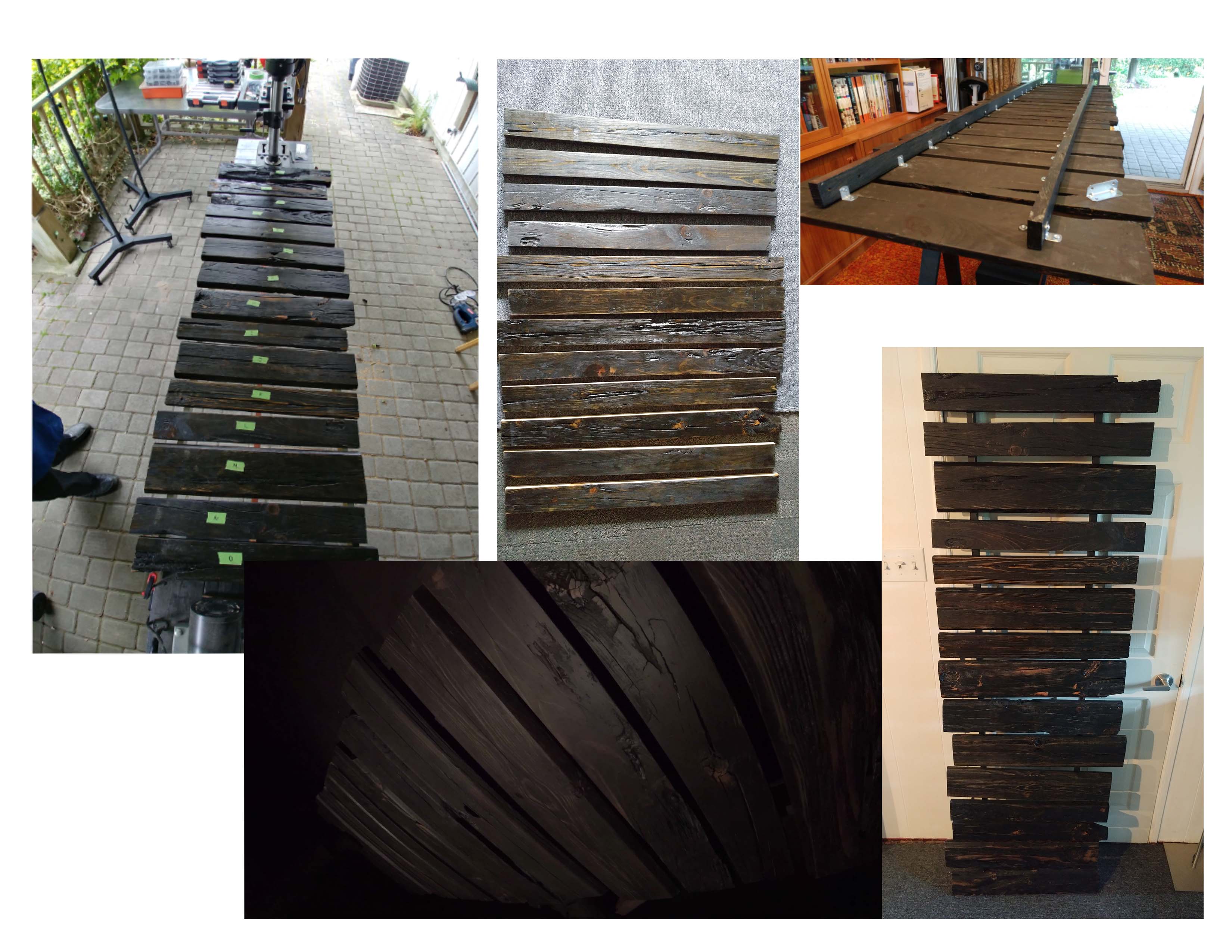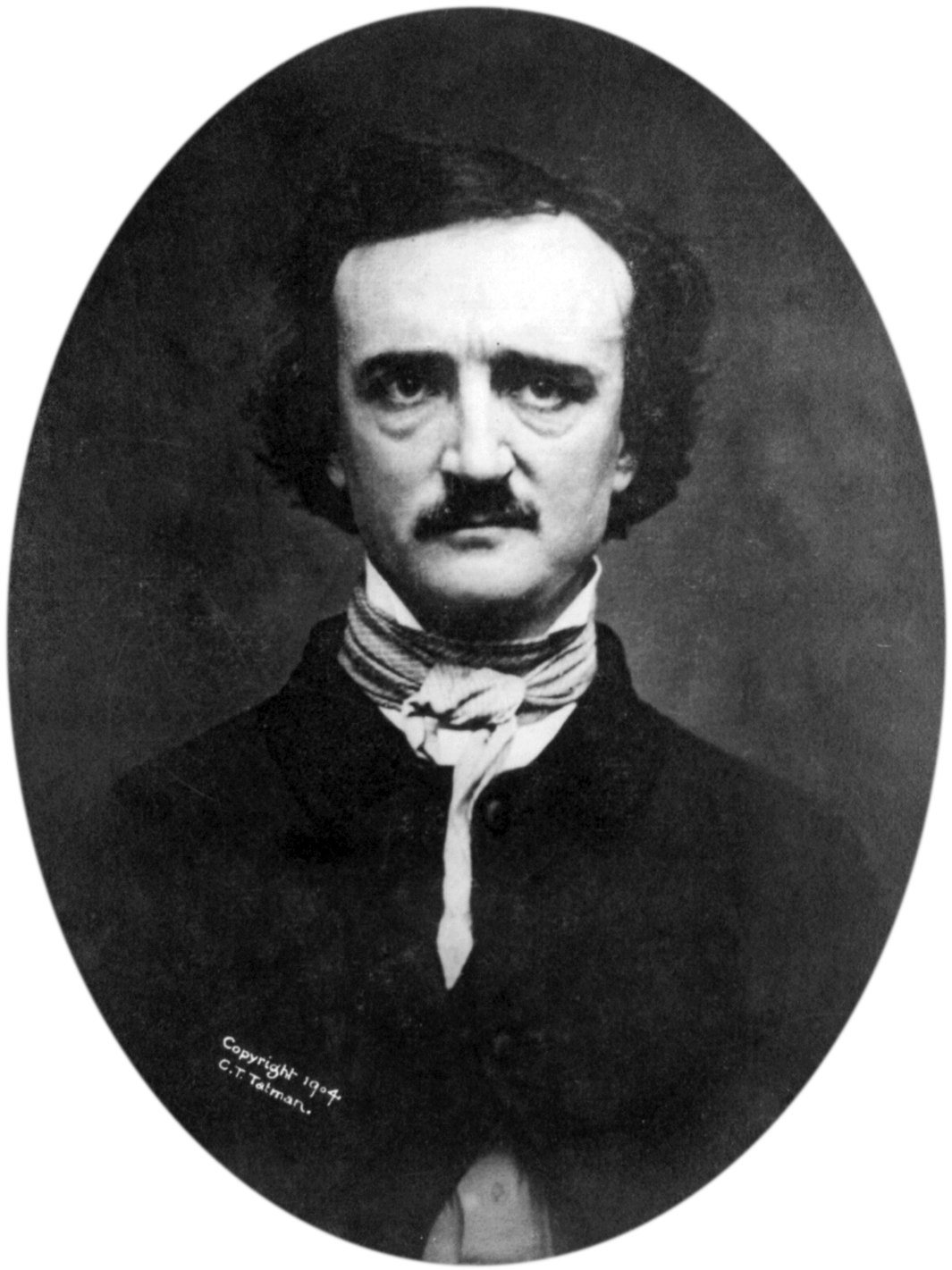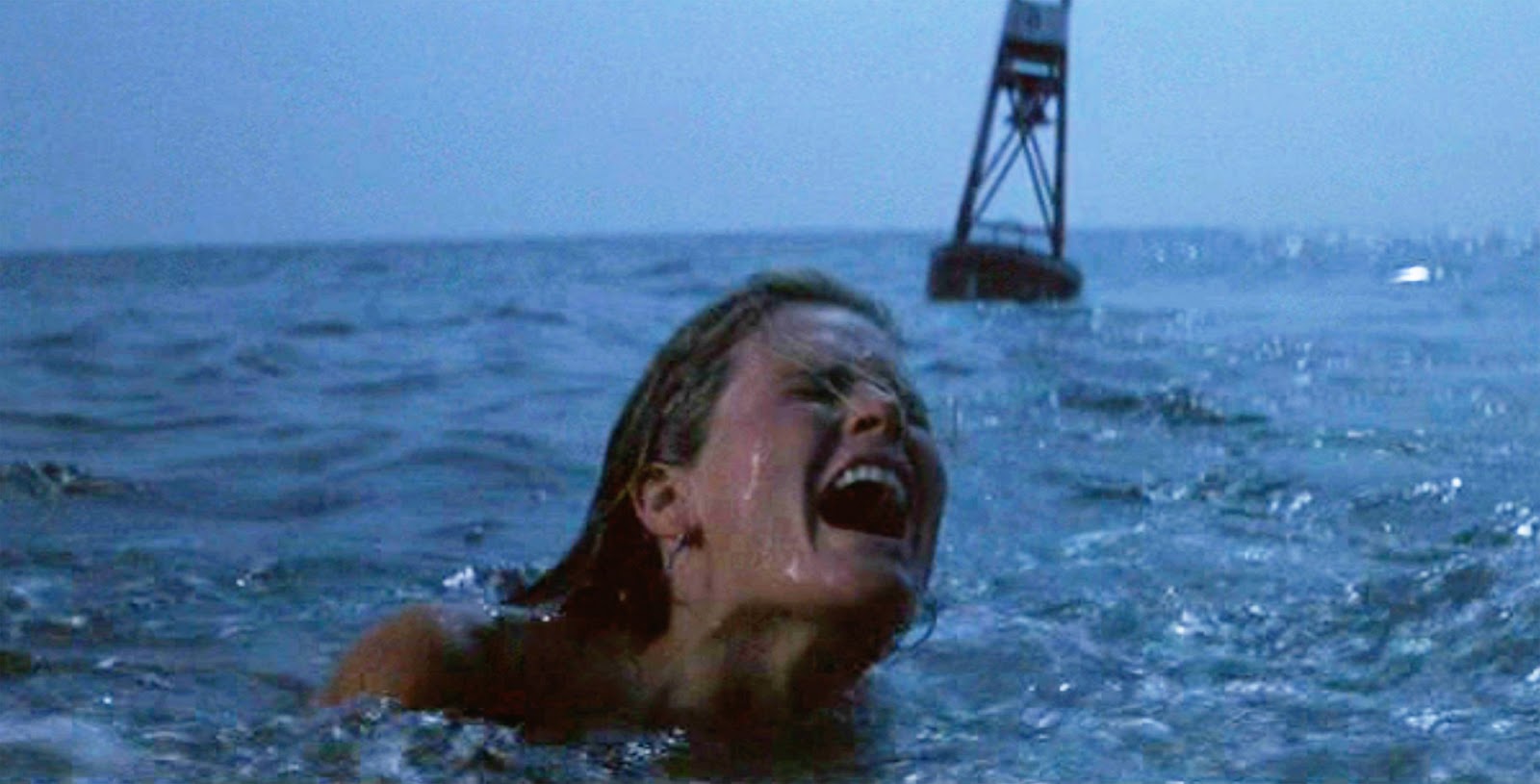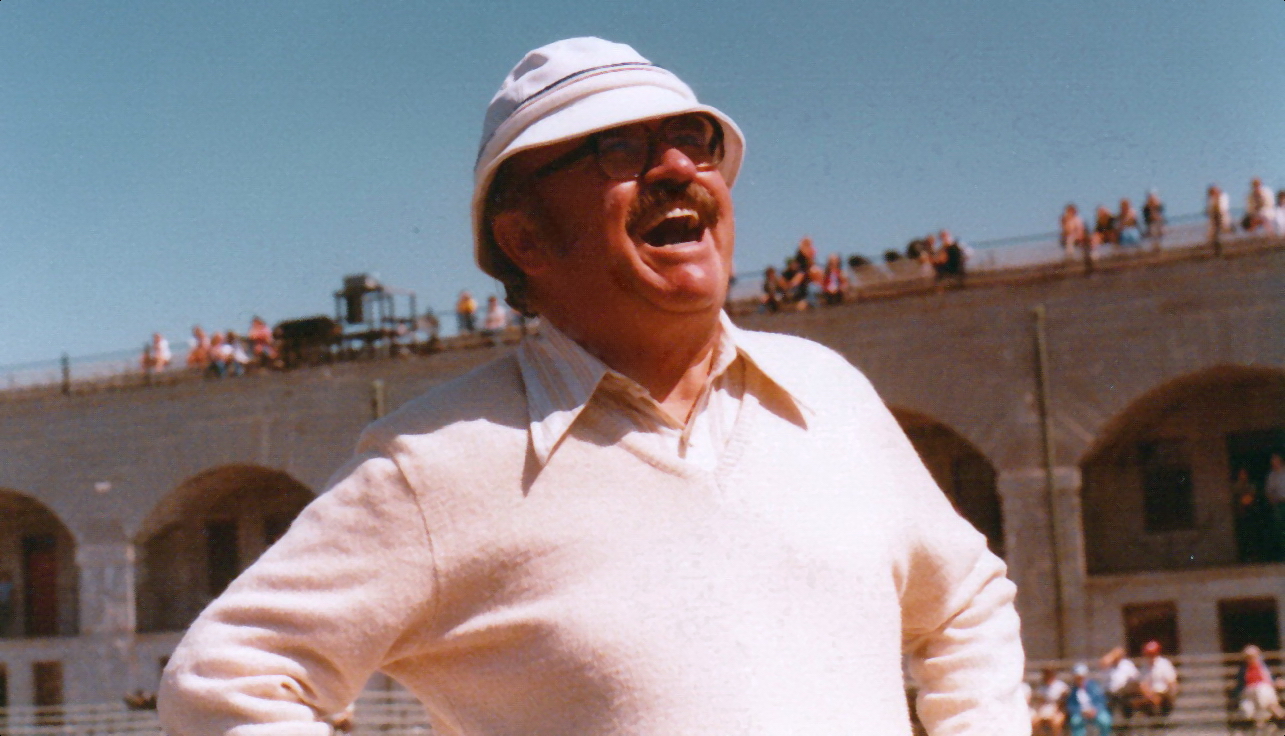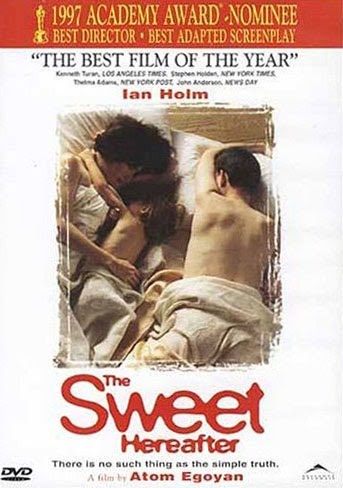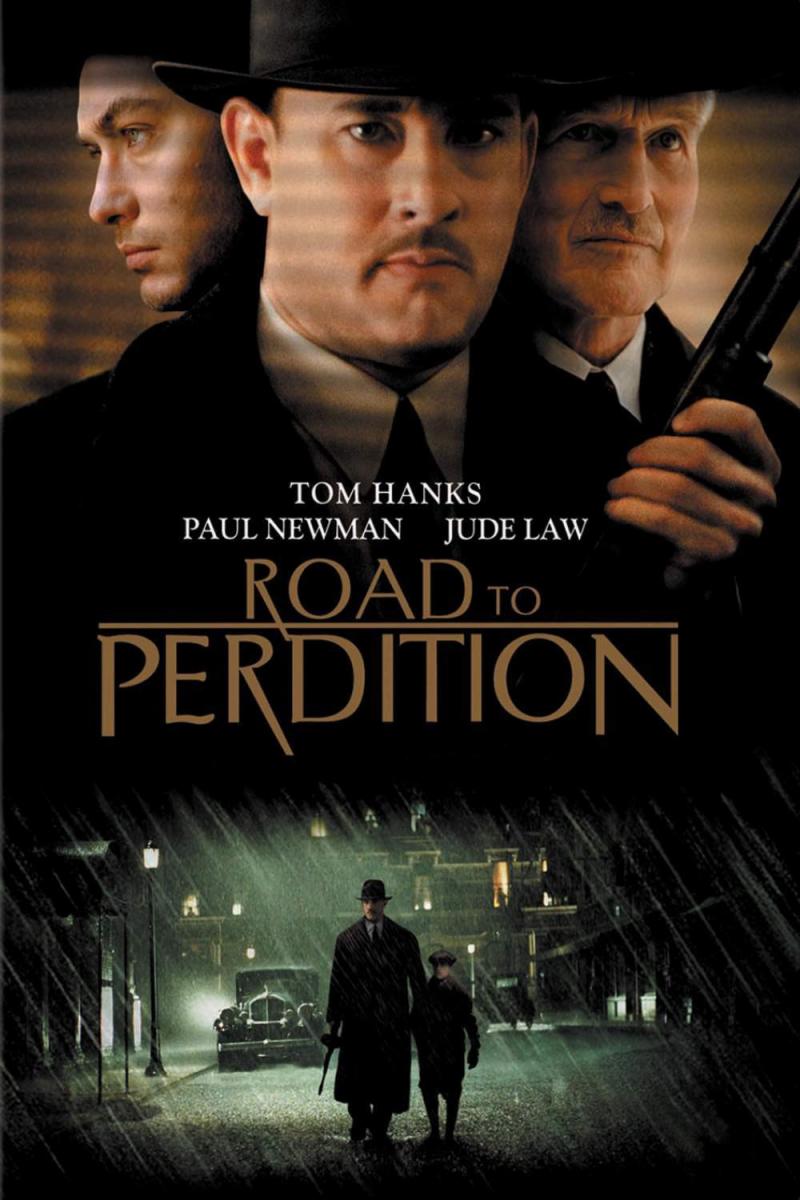
Community Theatre
Community theatre is an exciting way to bring diverse peoples together. The resources necessary to mount a production involve volunteers of all ages, from all segments of the population, who participate on equal terms interacting and co-operating to create one special celebratory event.
This event is designed to include those not ordinarily considered for the chorus line.
That is what the original story is about. The wounded and the broken. But it is not a sad story, it is a joyous one, a celebration.
Ground Breaking
The project intends to break new ground.
Creatives will be challenged to design a fully flexible inclusive work, to create musical pieces that can integrate all ranges of music and dance ability, including wheelchair choreography.
Ornament costumes can be as simple as children dressed in black, carrying iconic placards, or as complicated as full body costumes. This deliberate flexibility allows for the inclusion of dancers with missing or damaged limbs who will fit right in with the story of damaged ornaments.
The song and dance numbers will be designed to include as many talented enthusiasts as are capable of taking part, each production a reflection of that community’s unique perspective.
Every challenge is a creative and artistic opportunity to forge another element into the shape of the final outcome.

MC Lug
Lug, one of the ornaments, serves as Master of Ceremonies. He introduces the other ornaments who perform a dance parade and then their puppet double takes its place on the puppet tree.
A new ornament, Hummingbird, complains that the others are all damaged so Lug explains how hand-carved ornaments made by a loving father led to the life force infusing the tree and how that spirit passed along from father, to son, to granddaughter.
Those moments are re-enacted in vignettes spanning many years in once-a-Christmas glimpses.
The ornaments also re-enact their own stories, the climactic one being the enigmatic love story between Drummer Boy and Ballerina who fell in love at first suspension.
The initial parade of ornaments, the linking ceremony, swinging, and the mirror duet are the main song and dance numbers that surround this enchanting story, integrating dance, swinging, videography and puppetry.
In the end a series of accidents results in the tree catching fire, putting the family at risk.
The ornaments frantically swing together rocking the tree back and forth trying to tip it over but it doesn’t until Ballerina sacrifices herself to save them all.
The Finale
The big finish begins when the granddaughter glues Drummer Boy to the mirrored dance floor in place of the lost Ballerina.
With his drum gone and his sticks broken in the fall, his arms are poised as if holding an invisible partner.
His dance is a poignant soulful one of loss.
The ornaments hold a special linking ceremony and Ballerina’s reflection appears in the mirrored floor at his feet. She and Drummer Boy dance an imaginary dance, reflection to reflection.
Everyone joins in for the closing number, swinging and singing in joyful celebration.
Staging Areas
Centrestage Right for the home sets where the family stories are re-enacted on a turntable set that rotates during blackouts to exchange set pieces.
Centrestage for the tree which is operated by puppetry.
That leaves Centrestage Left clear for the swinging plus all Downstage areas for the parades, dances and other choreography.
Video screens either side of the proscenium show live close-up coverage from remote controlled cameras of the actions of the puppet ornaments in the tree.
At the upper corners of the proscenium are spotlight areas where Lug and Hummingbird interact and narrate.
The Ampersand Project
A gathering of creative performance artists with the purpose of designing a community event that celebrates theatre, encourages the disenfranchised to participate, and showcases local talent.
The event is a celebration of the Christmas season, the staging of a life-affirming musical fantasy.
It is the kind of project that vitalizes a community because it brings people together from various areas of life, ages and skill sets. That is its exciting dynamic. Parents can keep an eye on their rehearsing children while helping construct a set, or vice versa.
Those who come as audience will enjoy the show’s uplifting theme. Those who participate will become the theme, as the project itself is as much the theme as the story is.
Shaping it
The intent is to make the cliche hold true, use every challenge as a creative and artistic opportunity to forge another element into the shape of the final outcome.
The focus will always be making integration into each community as seamless as possible. That begins at the design stage as various artists working together, create plans and descriptions, then during preproduction as ideas develop and plans are adjusted, and finally after the show closes, where final reports are made based on hindsight.
The results will be the template for the show, completely flexible and adjustable for any community, and therefore each performance becomes a reflection of that community’s unique point of view.
The Shapers
Artistic Director – J. Aldric Gaudet – to oversee the project’s mandate and execution.
Director – to design the blueprint for the show and direct the first cast.
Choreographer – to design the dance numbers, integrating wheelchairs and swing work and manage the first performers. To create a template document.
Puppet Master – Melanie Skene – to design, create and construct puppets and train the first operators.
Composer – Mia Hackett – to write the music and to guide the first musicians.
Songwriter – Benjamin Hackett – to write the lyrics and guide the first singers.
Aerialist – to design the rig and to train the first swingers.
Set Designer – to create the style of the set and integrate it for quick scene changes and manage the first crew. To create a template document.
Costume designer – to design the costumes in consultation with the Puppet Master and manage the first wardrobe team. To create a template document.
Lighting Designer – to plan and design the lighting and manage the first tech team. To create a template document.
Video Technician – to program and coordinate the video and live cameras and manage the first video team. To create a template document.
Audio Designer and Technician – to plan and coordinate the sound and manage the first sound team. To create a template document.
Stage Manager – to schedule and coordinate the rehearsals and staging of the show. To create a template document.
Be a Shaper
If you want to be on the shape team contact me.



